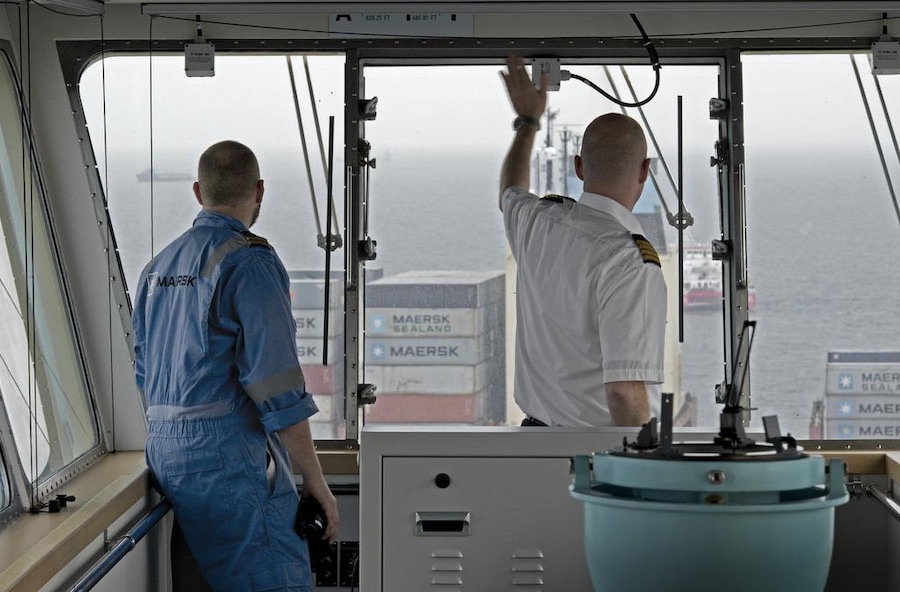Demand for seafarers is still on the rise, while increase in supply is expected to be weaker in the future. At the same time, consumer price index growth remains elevated. Based on these driving factors, Drewry forecasts a steady increase in wages which will feed into ship operating costs.
The global economy went through an amazing boom in 2021, mainly based on record levels of product consumption in the US and accommodating central bank policies. The side effects have become widely apparent since then. Supply chain bottlenecks plus consumer price inflation reaching double digits in many countries. Higher energy prices due to the sanctions following Russia’s war in Ukraine have added fuel to the fire.
It is this environment in which ship operators need to figure out how to keep operating costs at acceptable levels and what they can expect in the next few years. As can be concluded from Drewry’s latest Ship Operating Costs report, due to be published in the coming days, most cost heads have been increasing and are expected to rise with one particularly critical component being responsible for more than half of overall daily operating costs.
That component is manning. While lubes, stores and other equipment needed for a vessel can normally be procured even if prices are high, finding the right crew is becoming increasingly challenging. And this is not only because of higher wages in an undersupplied market but the lag time required to train officers, especially for senior ranks. While fixing an undersupply of ratings is less challenging due to shorter training times, we expect difficulties for vessel operators trying to find senior officers for their ships.
The figure below( https://www.drewry.co.uk/maritime-research-opinion-browser/maritime-research-opinions/fewer-seafarers-higher-inflation–where-are-ship-operating-costs-heading) shows Drewry’s estimated theoretical officer shortfall, reaching record levels by 2027, with a gap of more than 55 thousand positions representing more than 7% of total demand.
While officer-rank seafarer supply growth has remained weak in recent years, averaging annual growth of 0.8% since 2018, demand for more crew is increasing with the global merchant vessel fleet accelerating. Changing patterns in the transportation of oil and gas following the war in Ukraine and the recovery in offshore oil & gas markets have further squeezed seafarer supply.
Based on the above trends, Drewry forecasts further tightening of officer availability, which will feed into higher manning and ship operating costs. But the impact will vary by vessel type dependent on their senior officer requirements.
Source: Hellenic Shipping News





